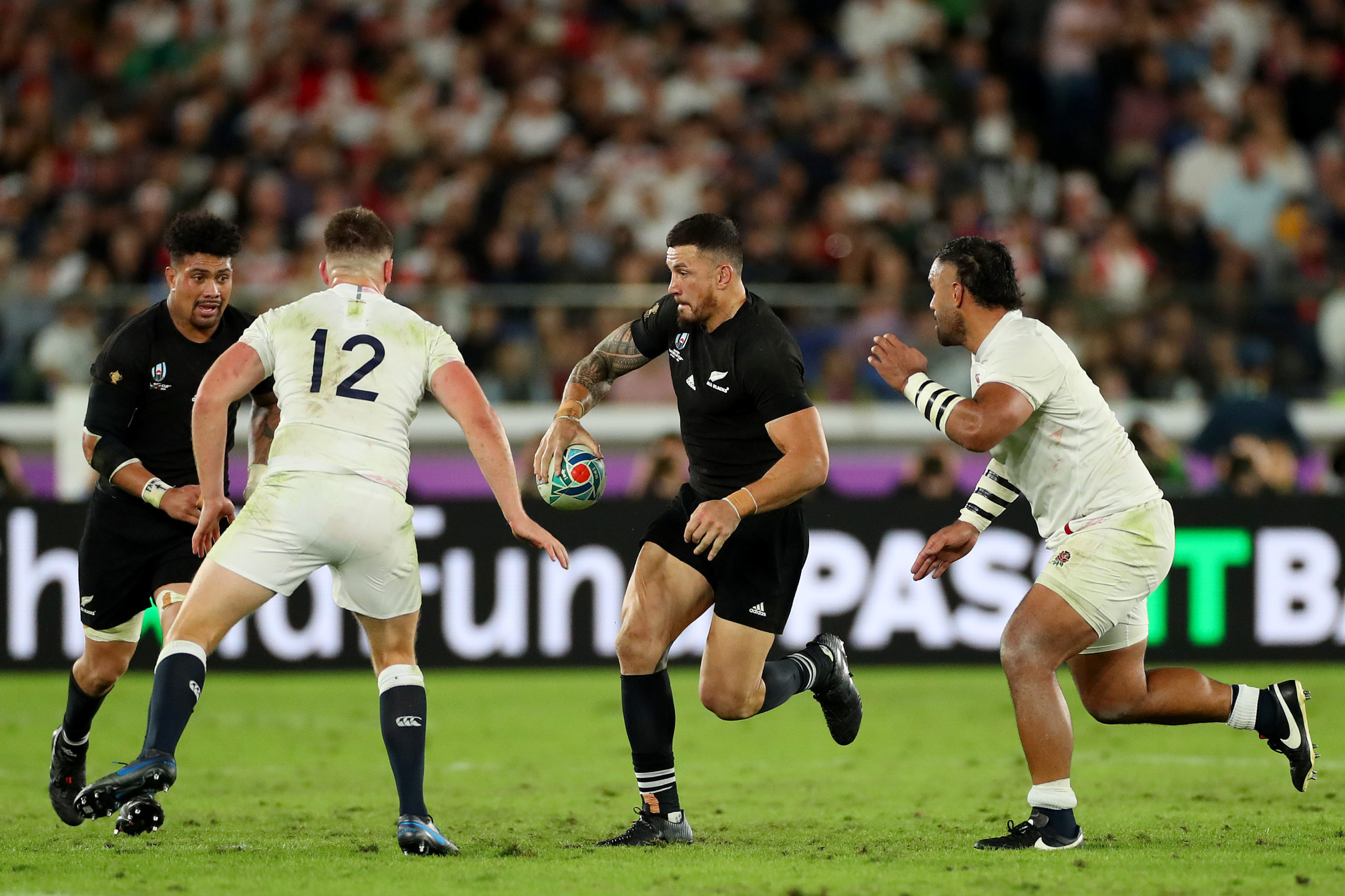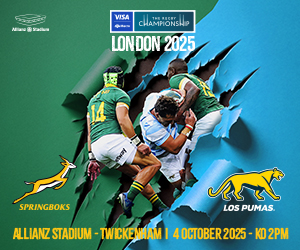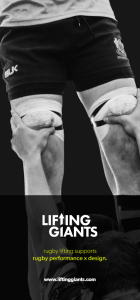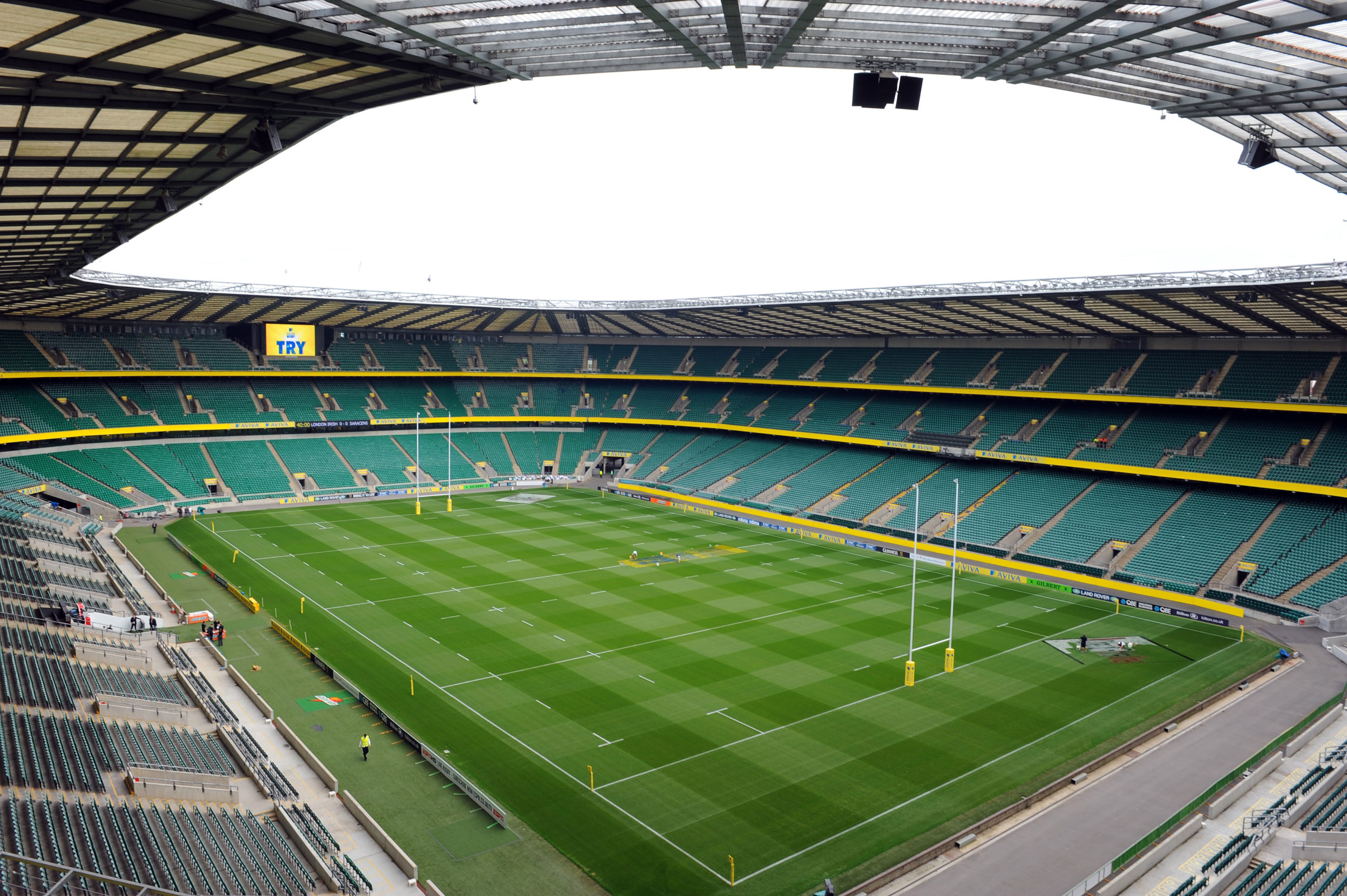Features
Borthwick prepares to make final calls
More in Features
-
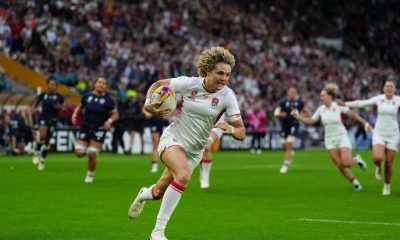

Rugby’s Moments of the Week: Ellie Kildunne takes Red Roses to World Cup final
This week in rugby has been nothing short of thrilling, with big moments unfolding...
-
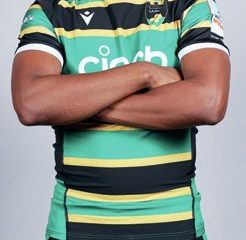

YOUNG GUNS
NORTHAMPTON SAINTS LOCK AIDEN AINSWORTH-CAVE For Aiden Ainsworth-Cave, last season was one where frustration...
-
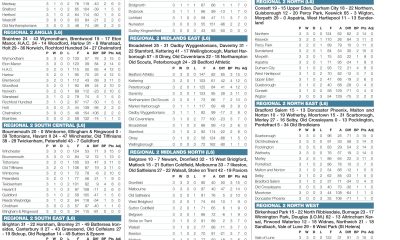

Regional results
Results and tables supplied by the RFU ... Continue reading... Access all our premium...
-
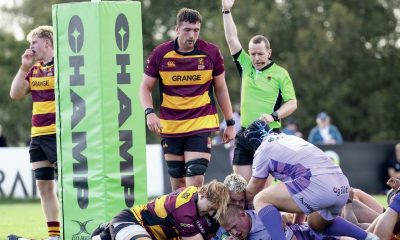

Warriors are back and looking good
CHARLES RYLANDS AMPTHILL BACK ROW IT HAD been 1,091 days since Worcester Warriors last...






